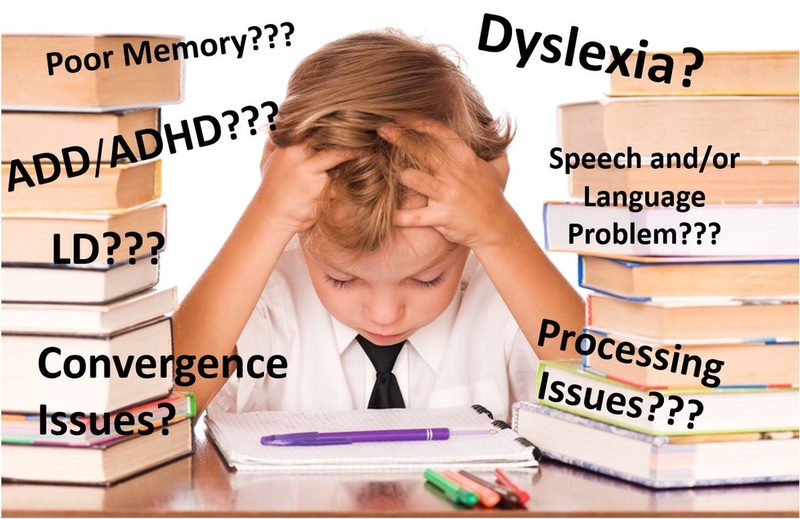e-Learning Ecologies MOOC’s Updates
Learning (dis)abilities
Learning (dis)abilities
All students in a class used to be treated same, and same learning experience was provided for every one of them until circa 1940s when the idea of special education was invented for the first time, in the College of Education at University of Illinois, recognizing the notion that not all students are the same, some students might be different. Since then, differentiated learning has become an important part of any learning environment. The differences in learners could be based on gender, religion and so on. Learning disability (LD), however, is one of them.
While learning ability is about how one learns, applies and consumes knowledge to apply, learning disability is a neurological disorder that affects one or more cognitive processes related to learning. Learning Disabilities affect a child’s ability to learn, retain and process information.
The causes of LD appear to be genetic. Some forms of LD like dyslexia could be caused by head injury or trauma (not very common though). Some children with dyslexia appear to process (make sense of) information using a different area of the brain than children without a learning disability.
Common types of learning disabilities
Dyslexia – Difficulty with reading
(problems with reading, writing, spelling, speaking)
Dyscalculia –Difficulty with math
(problems doing math problems, understanding time, using money)
Dysgraphia – Difficulty with writing
(problems with handwriting, spelling, organizing ideas)
Dyspraxia (Sensory Integration Disorder) – Difficulty with fine motor skills
(problems with hand-eye coordination, balance, manual dexterity)
Dysphasia/Aphasia – Difficulty with language
(problems understanding spoken language, poor reading comprehension)
ADHD- (Attention Deficit/Hyperactivity Disorder)
(problems with paying attention and staying on task)
Auditory Processing Disorder – Difficulty hearing differences between sounds
(problems with reading, comprehension, language)
Visual Processing Disorder – Difficulty interpreting visual information
(problems with reading, math, maps, charts, symbols, pictures)
Learners with disability do not necessarily have motor, visual, hearing and/or intellectual disability; neither are they dumb. They could be smart and of average or above average intelligence. There often appears to be a gap between the individual’s potential and actual achievement for the LDs.
Teaching Strategic for learners with learning disabilities
a) Directly raising attainment
b) Promoting active learning
c) Promoting participation and engagement
d) Responding to personalised learning styles and preferences
(Davis, 2004).
References
https://www.coursera.org/.../differentiated-learning-part...
http://ipnabsmmu.edu.bd/learning-disabilities/
https://www.helpguide.org/.../learning-disabilities-and...
https://ldaamerica.org/types-of-learning-disabilities
Davis, P., & Florian, L. (2004). Teaching strategies and approaches for pupils with special educational needs: A scoping study (Research Report 516). Norwich, UK: Her Majesty’s Stationery Office.
URL:
https://www.google.com/url?sa=t&source=web&rct=j...
https://www.google.com/search?q=learning%20disabilities...
COURSERA.ORG
Differentiated Learning, Part 7A: Learner Differences in Old Classrooms and New - Module 4: Metacogniton + Differentiated Learning | Coursera


